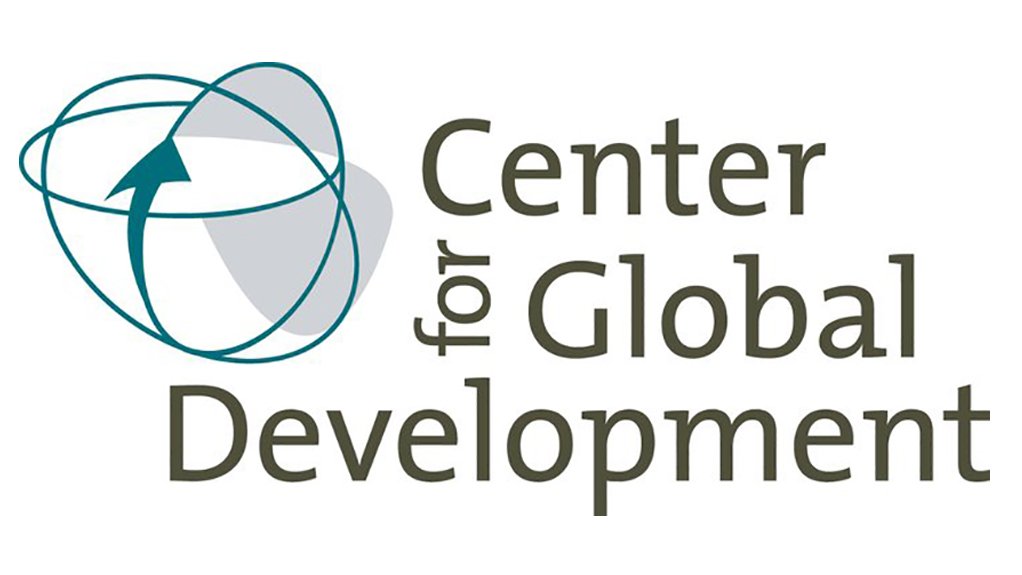- Projecting Global Emissions for Lower-Income Countries0.50 MB
This note updates and builds on analysis from 2014 by Stefan Dercon, which projects carbon dioxide emissions by the poorest countries to understand their likely future contribution to global emissions. Whilst these countries’ emissions are currently very low, there is concern that rapid economic growth could alter this picture.
We assume that economic growth is rapid for the 52 poorest countries, home to 1.4-billion people, over the next decade, and that their economies each reach income per head of $6 000. We consider scenarios where the carbon intensity of their economies stays the same or increases to the average for lower-middle-income countries.
In the latest data, the 52 lowest income countries produced only 1.6 percent of global CO2 emissions in 2014, despite holding 19 percent of the world’s population. Looking at cumulative emissions, their contribution is even smaller.
If the lowest income 52 countries grow their economies rapidly without changing the CO2 intensity of their economies (the ratio of CO2 to GNI), by 2030 their CO2 emissions per capita would still only be 8 percent of today’s emissions in the OECD.
Even if all other countries reduced emissions linearly to net zero by 2050, emissions in the poorest countries would still only be 6 percent of global emissions in 2030, assuming they do not change the CO2 intensity of their income.
Even relatively large changes in the CO2 intensity of income for the poorest countries make little difference in global terms. Even a steep increase in CO2 intensity of GNI in those countries (i.e., to typical current levels) would only increase their share of global emissions in 2030 from 6 to 11 percent. Per capita emissions in the OECD would be four times higher.
In summary, assuming the 52 poorest countries grow their economies very fast and with no “greening” of their economies, they will still make up a small fraction of global CO2 emissions.
Report by the Centre For Global Development
EMAIL THIS ARTICLE SAVE THIS ARTICLE ARTICLE ENQUIRY
To subscribe email subscriptions@creamermedia.co.za or click here
To advertise email advertising@creamermedia.co.za or click here











